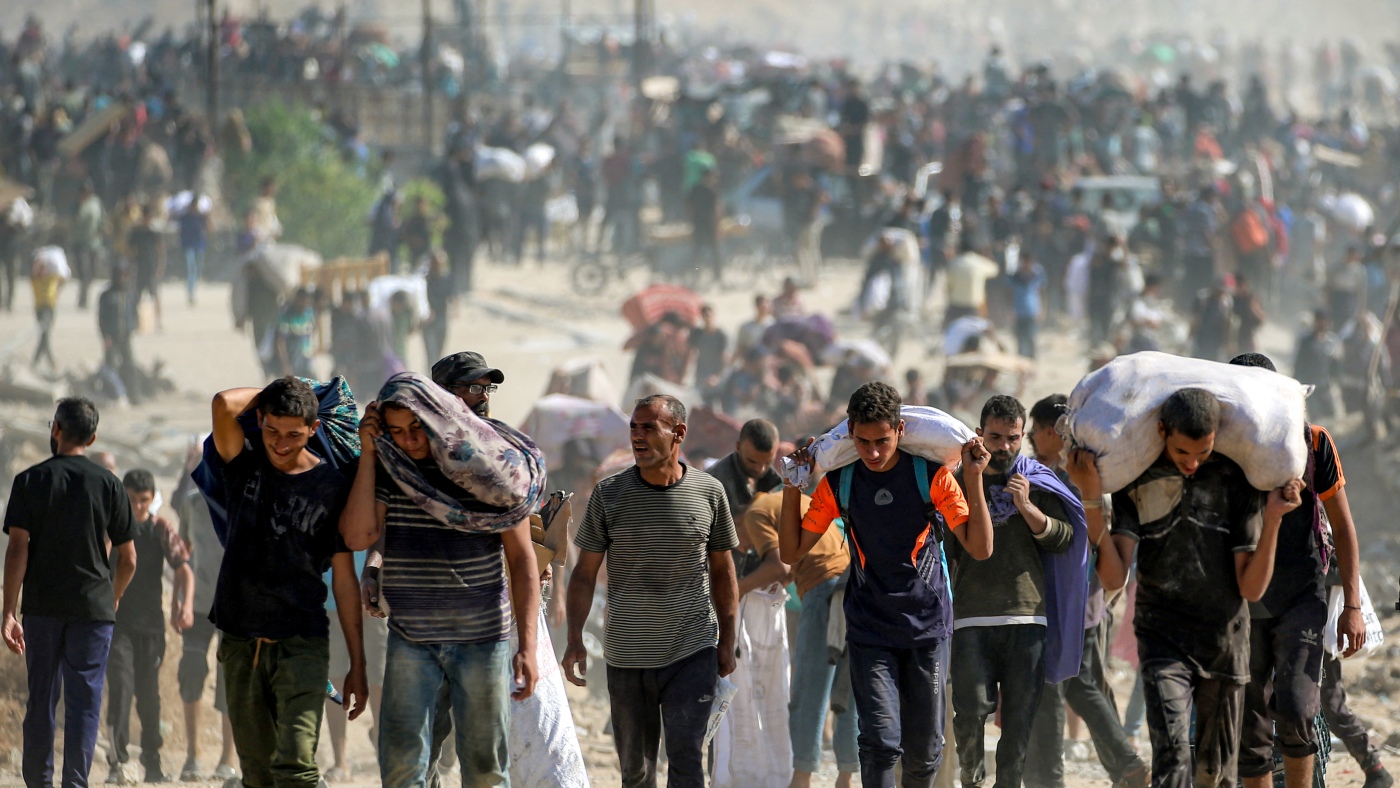Pope Leo Calls for Peace in Israel and Gaza

About the People Mentioned
Pope Leo XIV
Pope Leo XIV, born Robert Francis Prevost on September 14, 1955, in the Chicago area, is the 267th Pope of the Catholic Church. He was elected on May 8, 2025, marking a significant moment as the first American and first Peruvian pope. His background is deeply rooted in the Order of St. Augustine, which he joined after graduating from Villanova University in 1977. He professed his solemn vows in 1981 and was ordained a priest in 1982. Pope Leo XIV holds a licentiate and doctorate in canon law from the Pontifical University of St. Thomas Aquinas in Rome. He has extensive experience in missionary work, particularly in Peru, where he served in various roles, including as the judicial vicar of the Archdiocese of Trujillo and as a professor of canon, patristic, and moral law at the San Carlos e San Marcelo Major Seminary. His leadership roles expanded when he was elected to oversee his order's province and later the worldwide Order of St. Augustine for 12 years. In 2014, Pope Francis appointed him to lead the Diocese of Chiclayo, Peru, a position he held for nine years. In 2023, he was created a cardinal by Pope Francis and appointed Prefect of the Dicastery for Bishops. This role involved overseeing the appointments of bishops worldwide. Pope Leo XIV's current relevance lies in his unique blend of American and Peruvian heritage, which brings a global perspective to the papacy. His election has been seen as a milestone in the Church's history, marking a new era of leadership shaped by his missionary experience and theological background.
About the Organizations Mentioned
St. Peter's Basilica
## St. Peter's Basilica: A Comprehensive Overview St. Peter’s Basilica is not a traditional business or technology organization, but rather one of the world’s most significant religious, architectural, and cultural landmarks. Located in Vatican City, it serves as the centerpiece of Roman Catholicism and a major pilgrimage site, attracting millions of visitors annually[8]. Functionally, it is the principal church of the Pope, hosting major liturgical events and serving as a repository of some of Western civilization’s greatest art treasures[4][8]. ## History The basilica’s origins trace back to the 4th century when Emperor Constantine built the original church over the tomb of Saint Peter, believed by tradition to be the site of the apostle’s burial[3]. By the Renaissance, the old basilica was in disrepair, and in 1506, Pope Julius II commissioned a bold, new structure to symbolize the Church’s renewed grandeur[1][3]. The project involved demolishing the ancient church—a controversial but ambitious move—and engaging leading architects like Donato Bramante, Raphael, and Michelangelo, each of whom left a distinctive mark on its design[3][5][8]. Construction spanned over a century, reflecting evolving architectural visions and the involvement of multiple popes and master builders[1][3][8]. ## Key Achievements St. Peter’s Basilica is a masterpiece of Renaissance and Baroque architecture. Bramante’s initial Greek cross plan was refined by Michelangelo, who designed the iconic dome—a triumph of engineering and aesthetics that remains a defining feature of Rome’s skyline[3][8]. Carlo Maderno later extended the nave, creating a Latin cross layout, while Gian Lorenzo Bernini added the monumental colonnade and piazza, enhancing the basilica’s grandeur and accessibility[8][9]. The building is immense: the nave stretches over 211 meters, and the dome rises 132.5 meters







